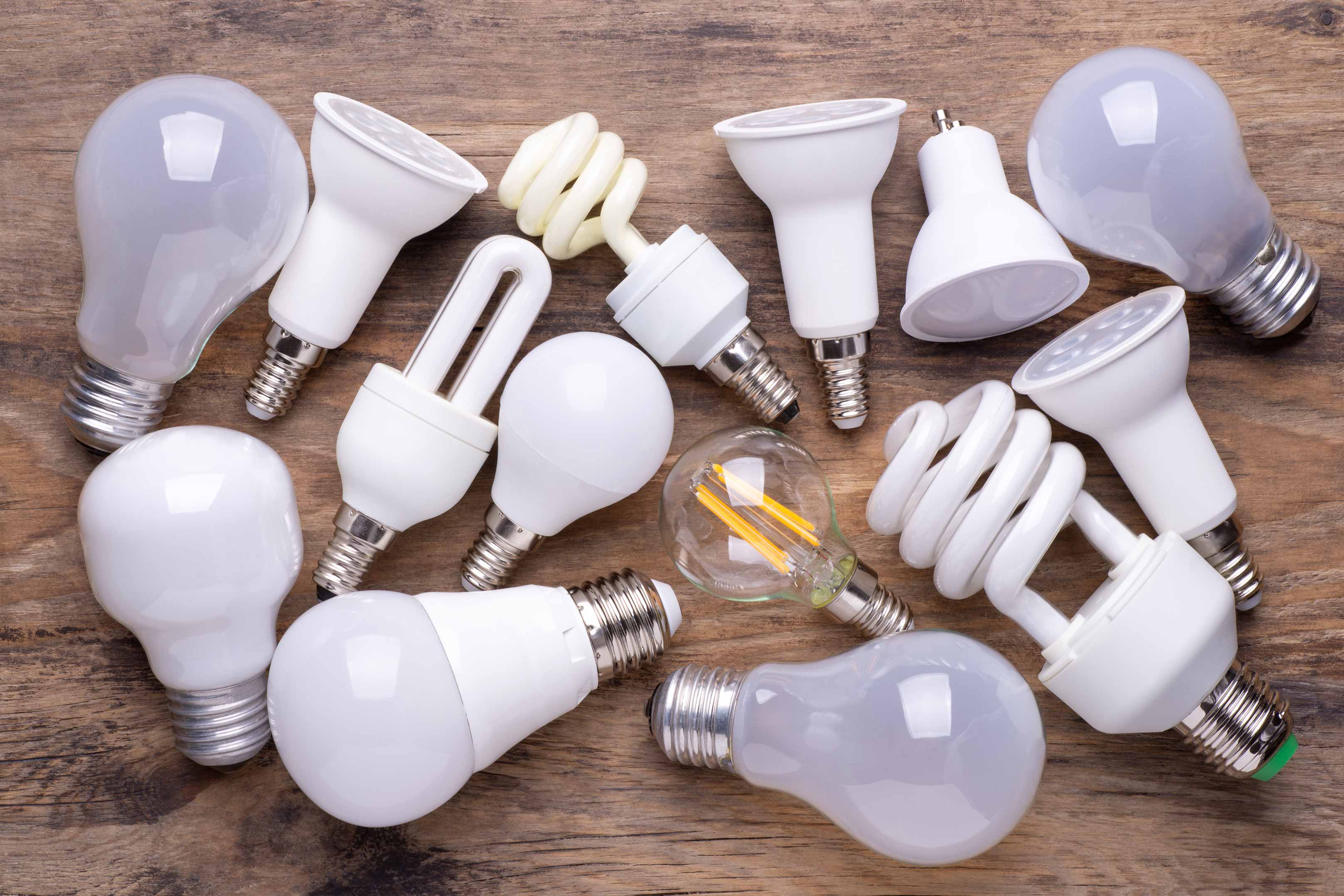Bathroom Lighting Fundamentals: What Light Bulbs To Use In Bathroom

What light bulbs to use in bathroom – Proper lighting in a bathroom is essential for both functionality and ambiance. It can help you perform tasks like shaving, applying makeup, and showering safely and effectively. It can also create a relaxing and inviting atmosphere for unwinding after a long day.
To ensure your bathroom shines bright, opt for LED bulbs that emit a natural, warm glow. While you’re browsing for home décor, don’t forget to check out the stylish wall clock ikea offers. Its sleek design will add a touch of modern elegance to any bathroom.
When it comes to choosing the perfect light bulbs, consider the size of your bathroom and the desired ambiance you wish to create.
There are three main types of bathroom lighting: ambient, task, and accent lighting. Ambient lighting provides general illumination for the entire bathroom. Task lighting is used for specific tasks, such as shaving or applying makeup. Accent lighting is used to highlight specific features or areas of the bathroom, such as a mirror or a piece of artwork.
Choosing the Right Lighting for Your Bathroom
When choosing bathroom lighting, it is important to consider the size of the bathroom, the layout of the bathroom, and the activities that will be performed in the bathroom. You should also consider the style of the bathroom and the overall ambiance you want to create.
Choosing the right light bulbs for your bathroom can make all the difference in creating a relaxing and inviting atmosphere. While there are many different types of light bulbs available, not all of them are suitable for bathroom use. If you’re looking for a stylish and functional option, consider asian bathroom lighting fixtures.
These fixtures often feature intricate designs and high-quality materials, making them a beautiful addition to any bathroom. Plus, they provide ample light for tasks like shaving and applying makeup.
For a small bathroom, you will need to choose lighting that is both functional and space-saving. Wall-mounted sconces or recessed lighting are good options for small bathrooms. For a larger bathroom, you can choose a combination of ambient, task, and accent lighting. A chandelier or pendant light can provide ambient lighting, while wall-mounted sconces or recessed lighting can provide task lighting. Accent lighting can be used to highlight specific features or areas of the bathroom, such as a mirror or a piece of artwork.
The style of the bathroom should also be considered when choosing lighting. For a traditional bathroom, you might choose lighting with a classic or antique design. For a modern bathroom, you might choose lighting with a more contemporary or minimalist design.
Selecting Light Bulbs for Bathrooms

Choosing the right light bulbs for your bathroom is essential for creating a well-lit and functional space. Various types of light bulbs are available, each with its own advantages and disadvantages. Understanding the differences between these bulbs will help you make an informed decision.
Incandescent Light Bulbs
Incandescent light bulbs are the traditional type of light bulb that produces light by heating a filament until it glows. They are inexpensive and widely available, but they are also the least energy-efficient option.
- Pros: Inexpensive, warm light
- Cons: Short lifespan, low energy efficiency
Fluorescent Light Bulbs
Fluorescent light bulbs use a gas discharge to produce light. They are more energy-efficient than incandescent bulbs and have a longer lifespan. However, they can be more expensive and may produce a flickering or humming sound.
- Pros: Energy-efficient, long lifespan
- Cons: More expensive, potential for flickering or humming
LED Light Bulbs
LED light bulbs are the most energy-efficient type of light bulb. They produce light by emitting photons through a semiconductor material. They have a very long lifespan and are available in a wide range of color temperatures.
- Pros: Energy-efficient, long lifespan, wide range of color temperatures
- Cons: More expensive
Halogen Light Bulbs
Halogen light bulbs are a type of incandescent bulb that uses a halogen gas to produce light. They are more energy-efficient than traditional incandescent bulbs and have a longer lifespan. However, they can be more expensive and produce a hotter light.
- Pros: Energy-efficient, long lifespan
- Cons: More expensive, hotter light
Choosing the Right Wattage and Color Temperature
The wattage of a light bulb determines its brightness. The higher the wattage, the brighter the light. For bathrooms, a wattage of 60-100 watts is typically sufficient. The color temperature of a light bulb refers to the warmth or coolness of the light. Warm light has a lower color temperature (2700-3000K), while cool light has a higher color temperature (4000-5000K). For bathrooms, a warm or neutral color temperature (3000-4000K) is typically preferred.
Considerations for Bathroom Lighting Design

The size, shape, and layout of a bathroom are key factors to consider when selecting light fixtures. A well-lit bathroom should have a balanced and visually appealing lighting scheme that provides adequate illumination for tasks such as shaving, applying makeup, and showering. Incorporating natural light into bathroom design can also help create a more inviting and comfortable space.
Size and Shape
The size and shape of a bathroom will dictate the number and type of light fixtures needed. A small bathroom may only require a single overhead light fixture, while a larger bathroom may need a combination of overhead lighting, vanity lighting, and wall sconces. The shape of the bathroom will also affect the placement of light fixtures. For example, a long, narrow bathroom may require more evenly distributed lighting than a square or rectangular bathroom.
Layout
The layout of a bathroom will also affect the placement of light fixtures. For example, a bathroom with a separate shower and bathtub will need different lighting than a bathroom with a combined shower/tub. It is important to consider the location of the vanity, mirror, and other fixtures when planning the lighting scheme.
Natural Light, What light bulbs to use in bathroom
Incorporating natural light into bathroom design can help create a more inviting and comfortable space. Natural light can help reduce the need for artificial lighting and can also improve the mood and well-being of users. There are a number of ways to incorporate natural light into bathroom design, such as using windows, skylights, and solar tubes.